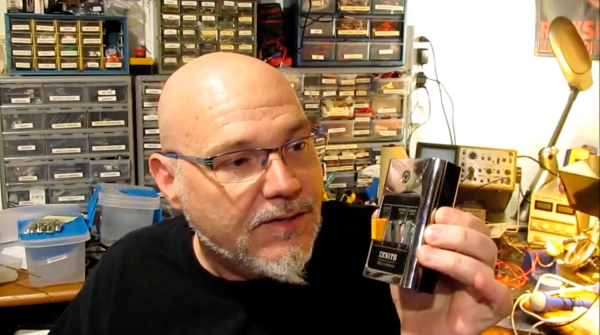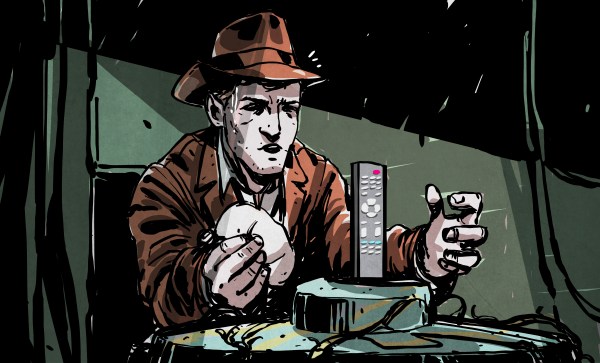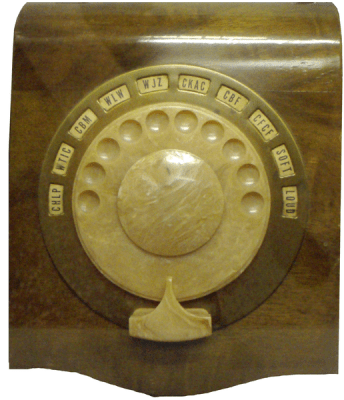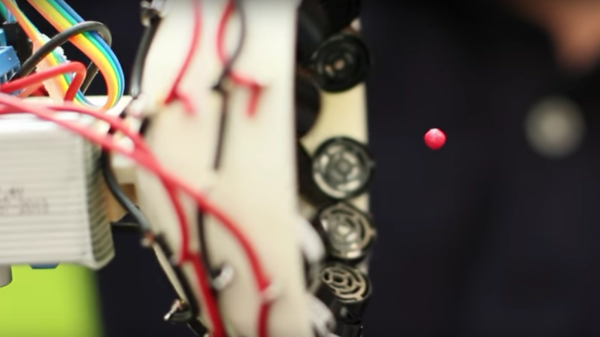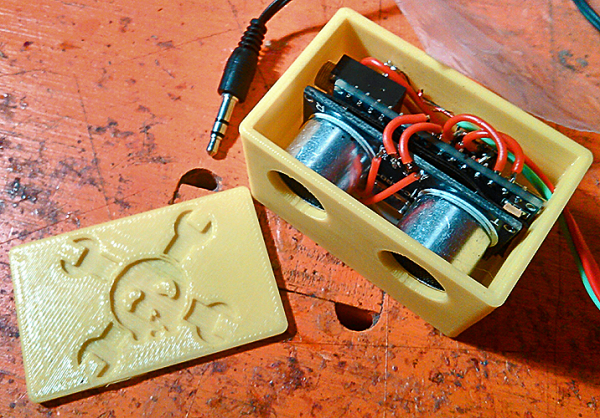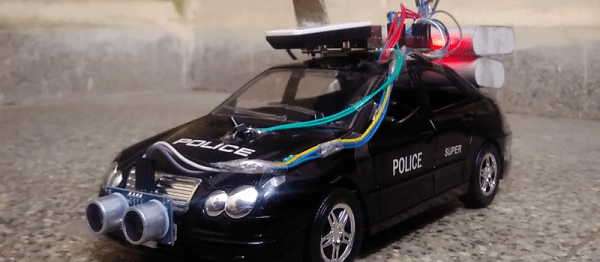While the rise of electronic cigarettes and vaping has led to many aggravated bystanders, an installation in Germany may have found a vapor of a different ilk. Rather than nicotine, this cloud of vapors is full of tequila which precipitates out into glasses (or people) who happen to be nearby.
The cloud generator uses ultrasonic devices to vibrate the tequila molecules until they form a fine mist. The mist is delivered outward towards the sculpture, where a delicious cloud forms. From there, the cloud literally rains tequila out into its original, drinkable tequila form. It appears to take a while to gather enough tequila from the cloud, though, so there is a convenient tap on the side that will dispense it without all the rigmarole.
Basically this is a nebulizer which is using tequila and dispersing the output rather than directing it. You’re unlikely to get a large enough gasp for inebriation, but technically there is an opportunity a risk here of becoming second-hand drunk.
The installing is an effort by the Mexican Tourism Board to encourage Germans to take a break from the rain in favor of visiting sunny Mexico, we’d have to say that the effort seems to be a success. Once there, hopefully any visitors will be able to enjoy a perfect margarita or two as well.


